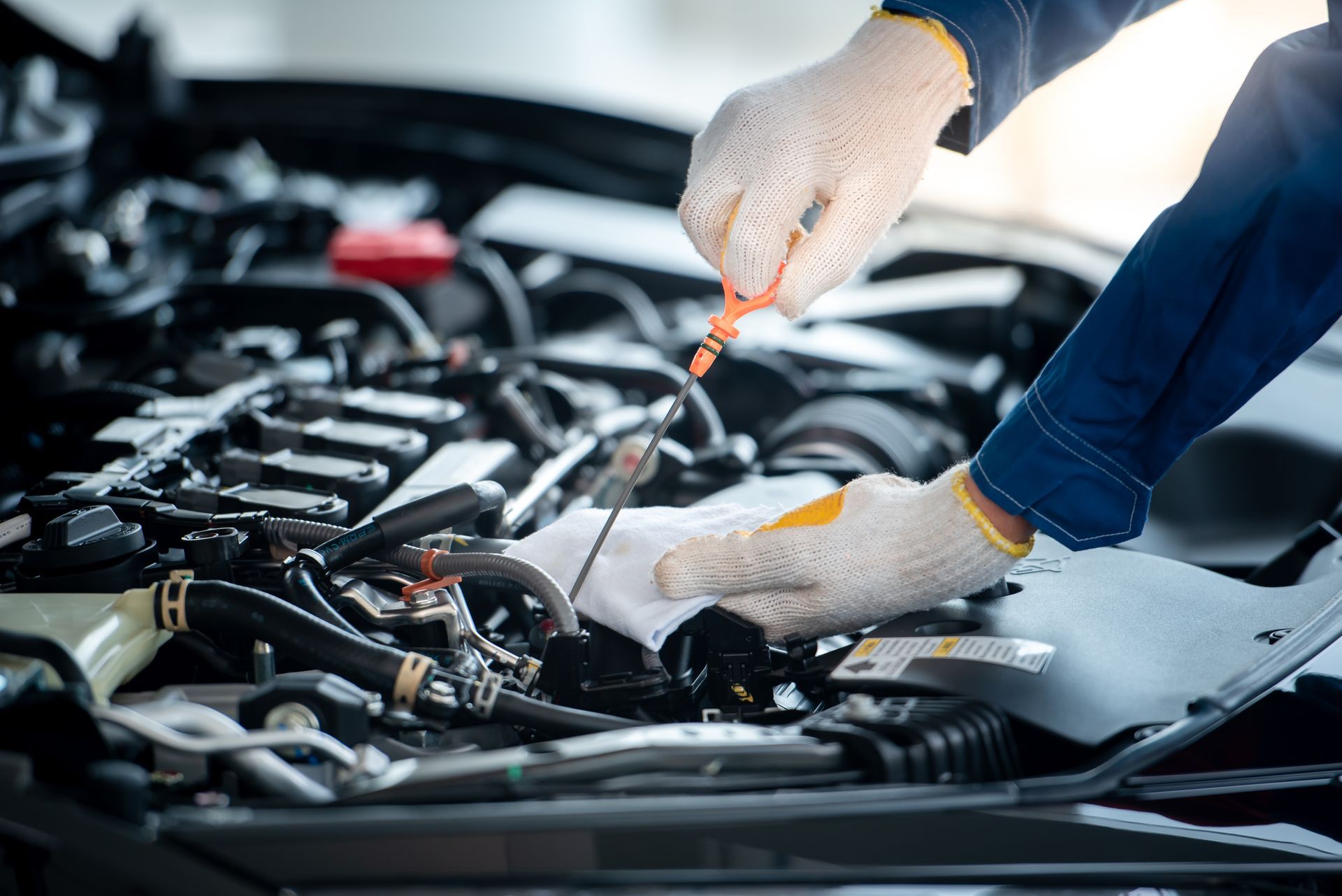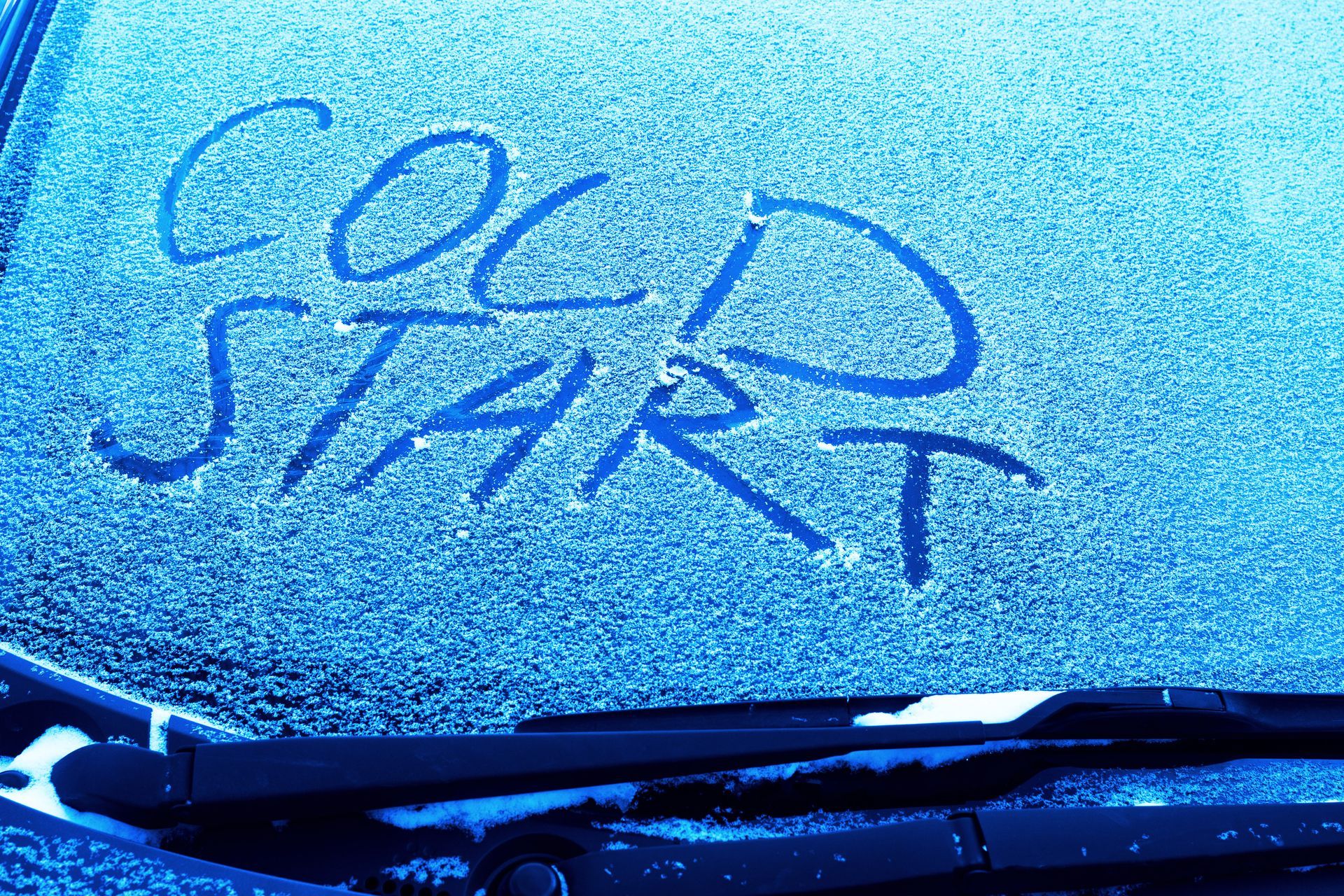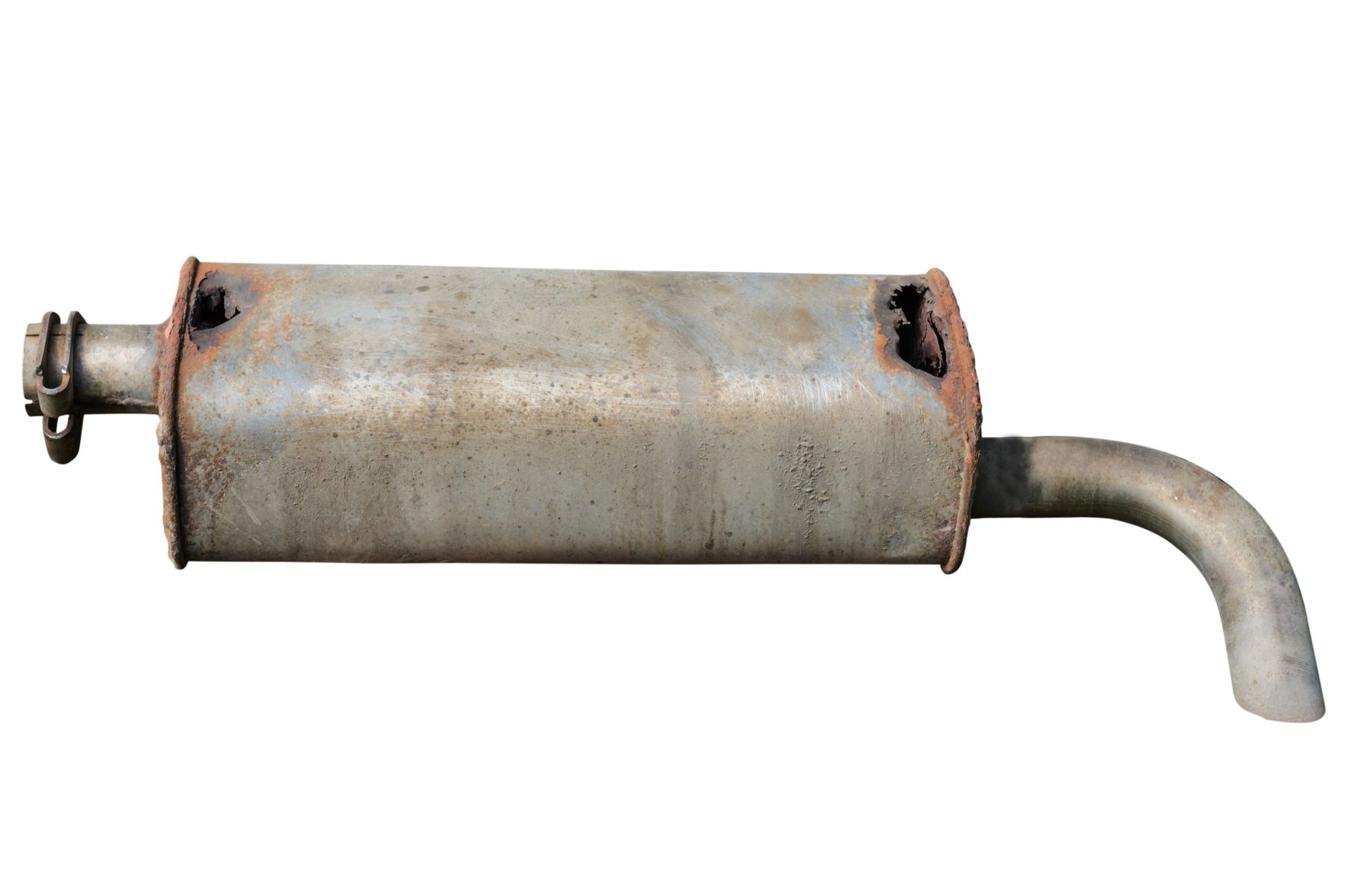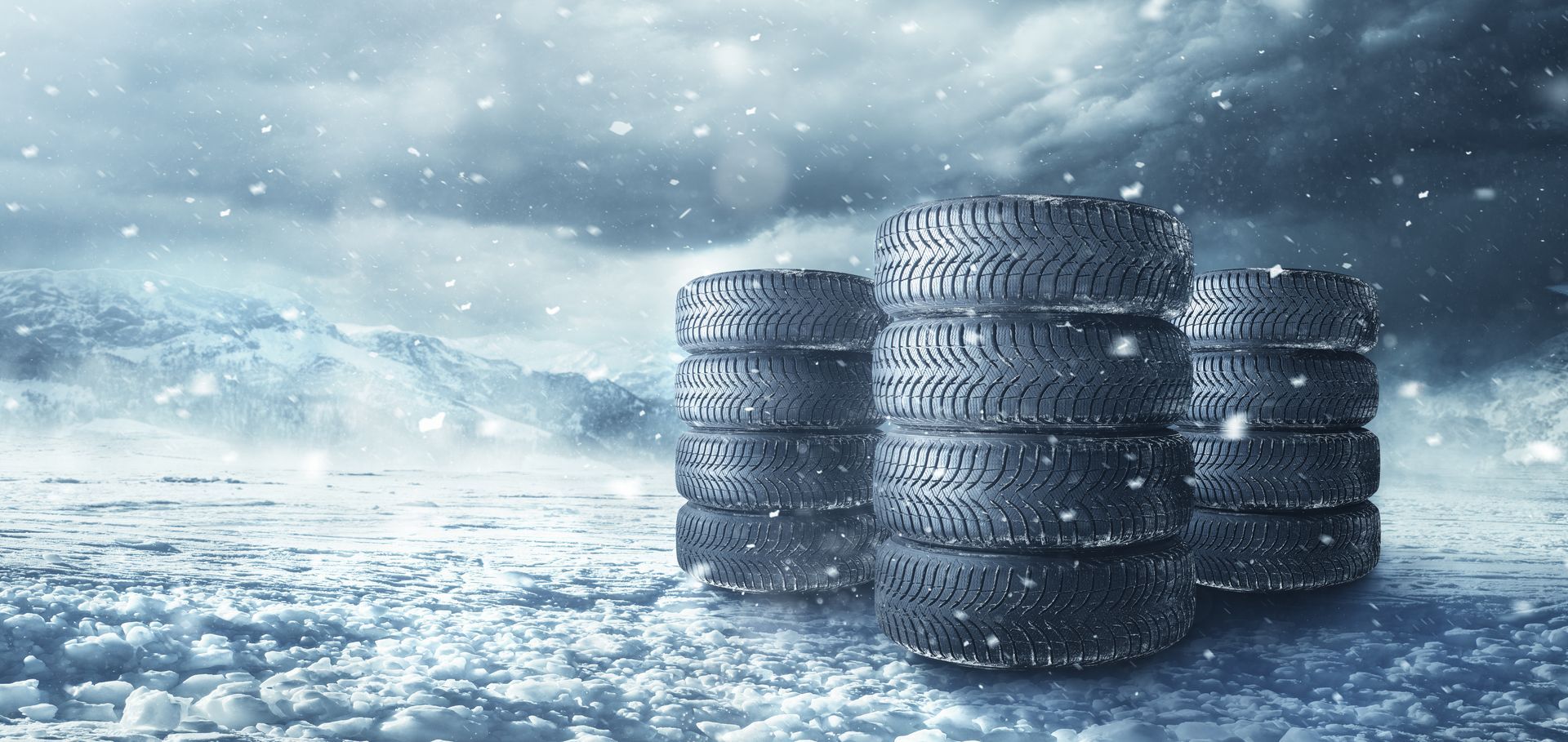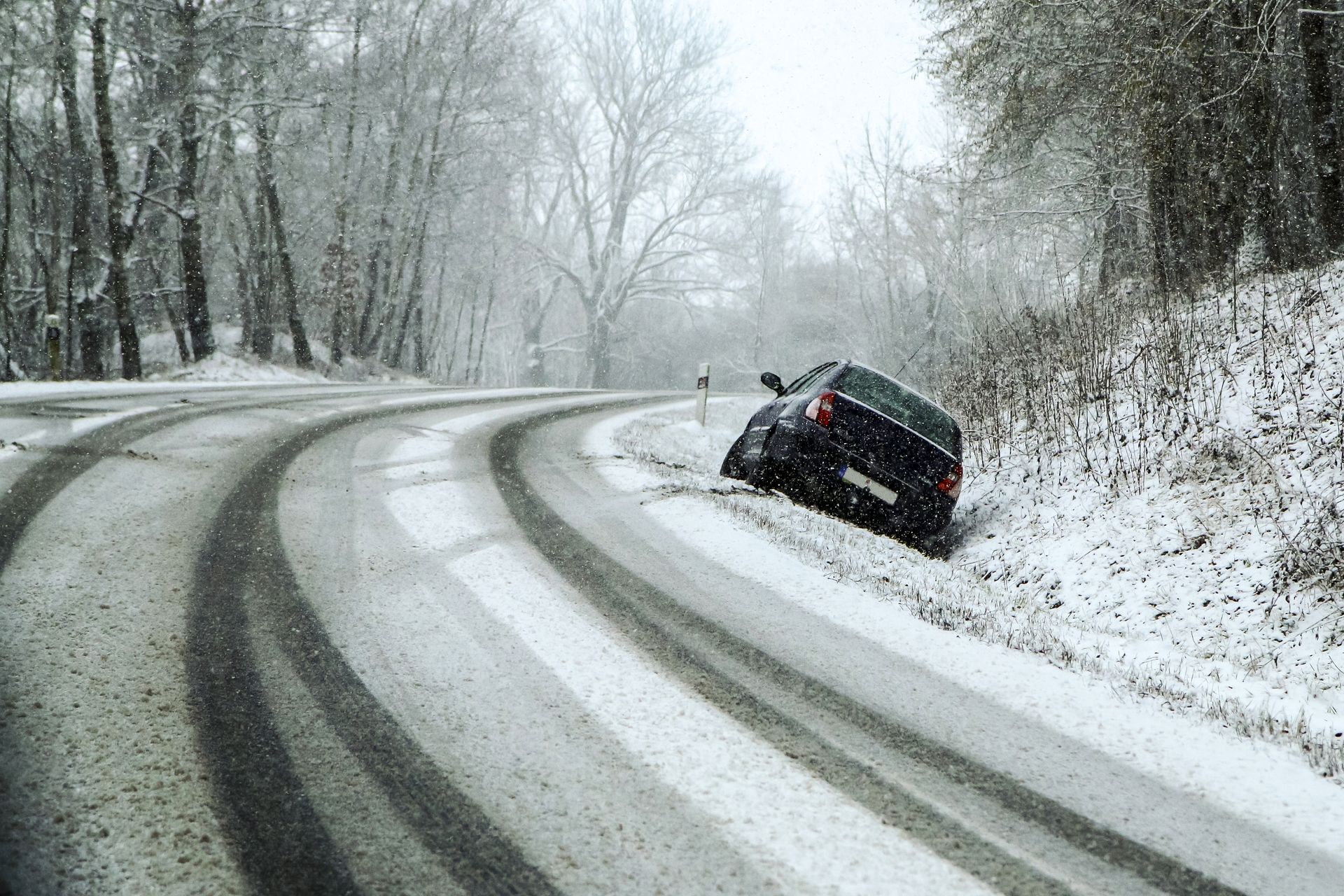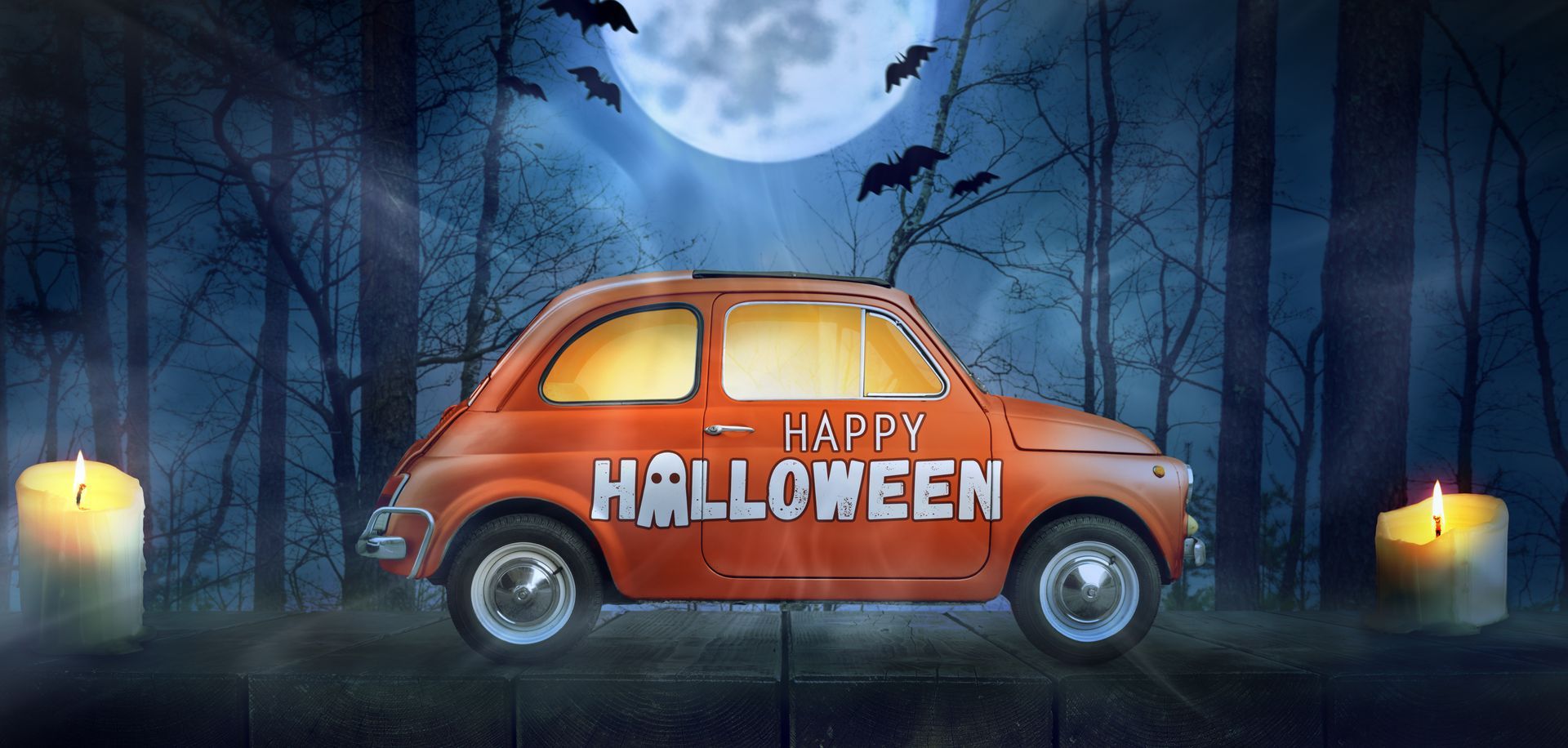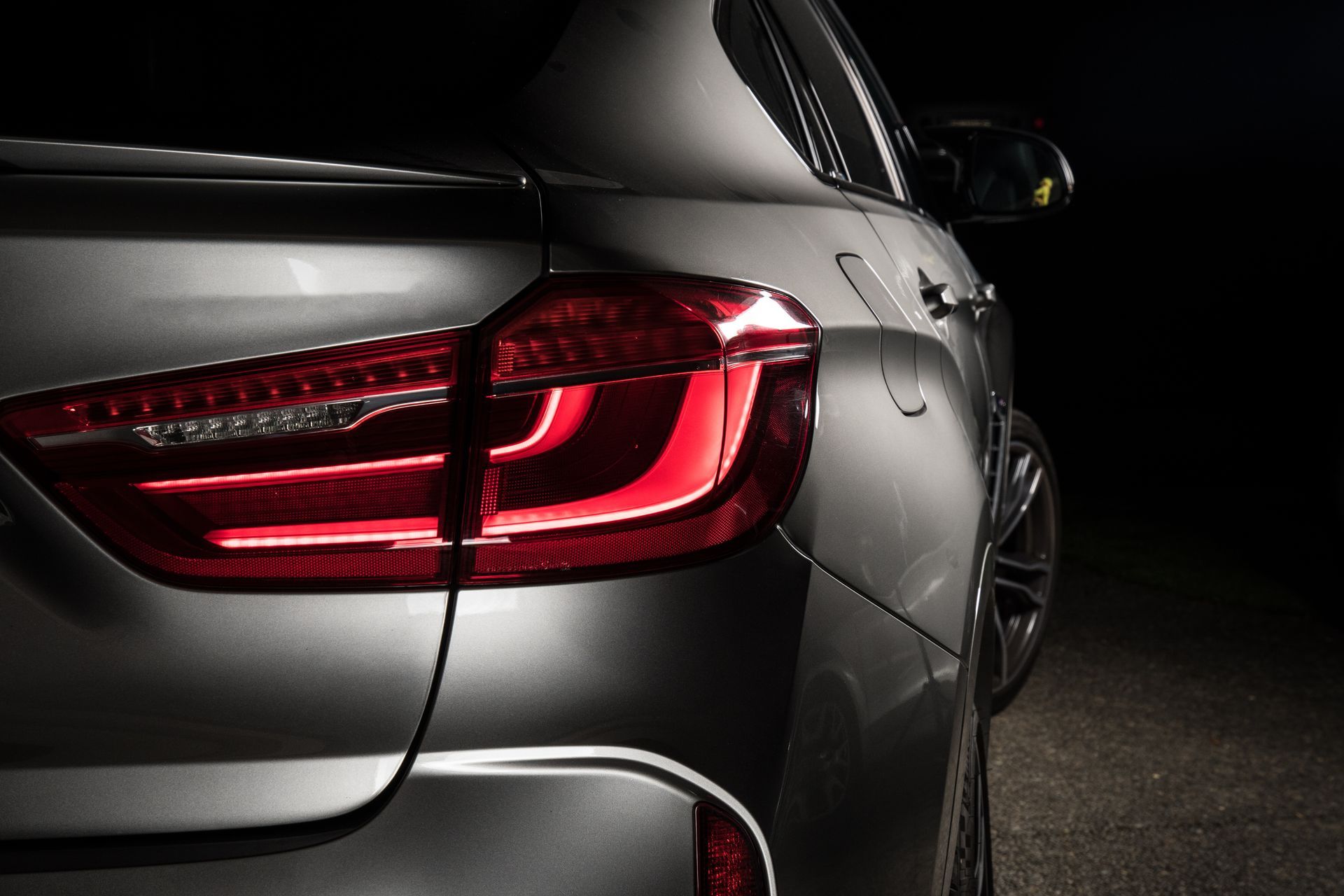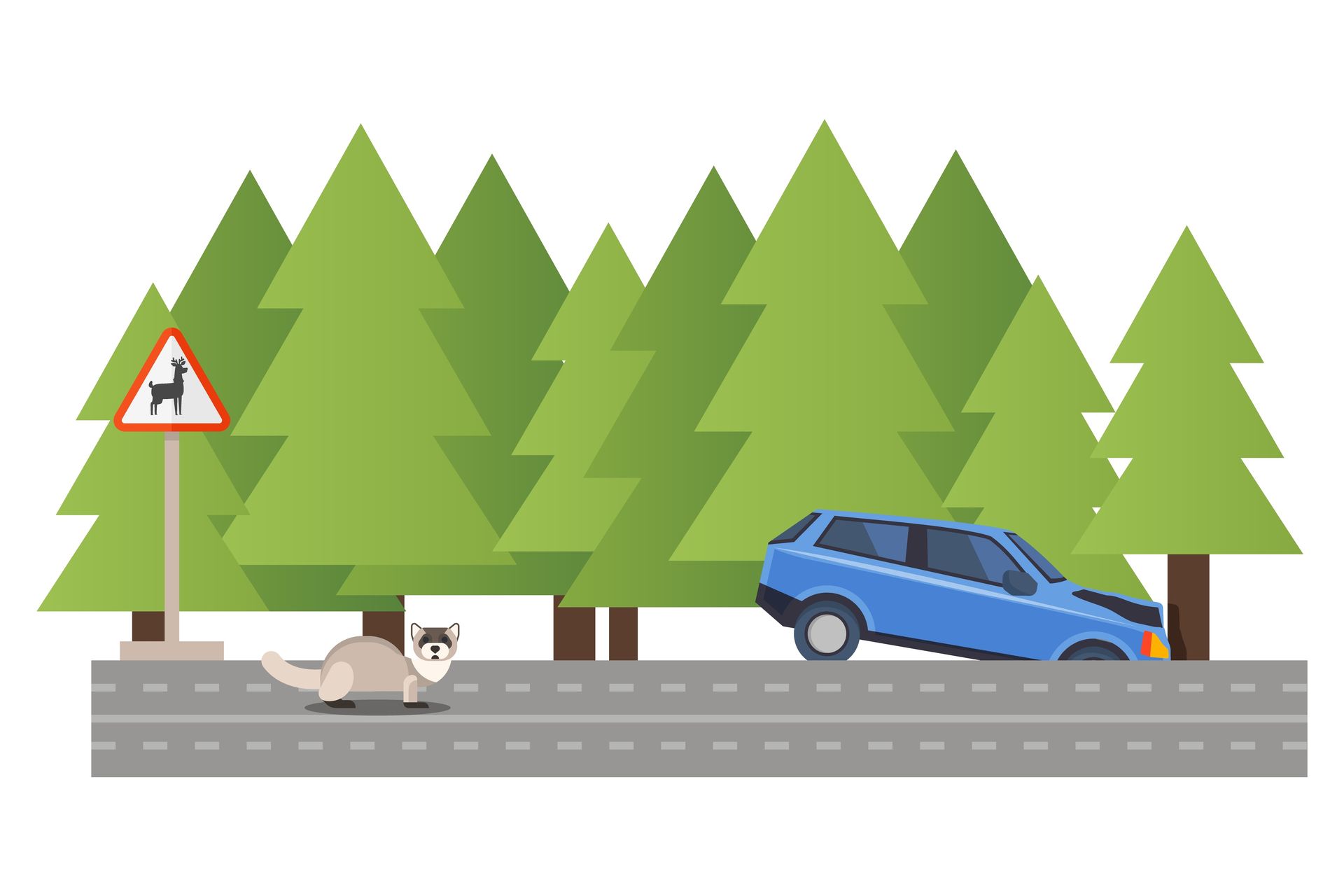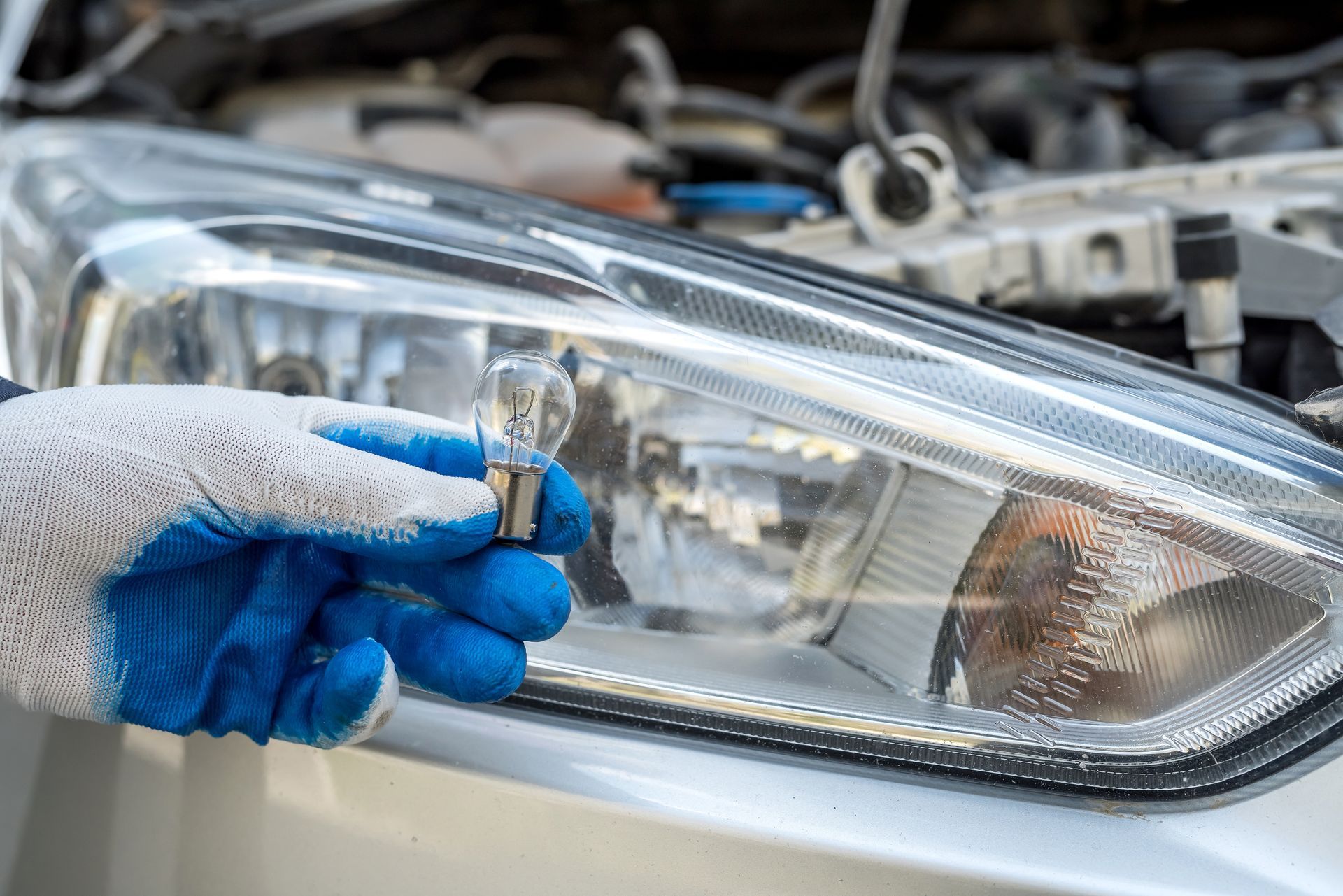If your car pulls to one side when braking, that’s not normal—and it’s not something to ignore. This kind of behavior could point to problems with your brake system, uneven tire wear, suspension issues, or poor alignment. It might start subtly but can quickly affect handling and safety if left unchecked. Knowing what might be behind it is the first step to getting your vehicle back under control.
Brake Caliper Malfunction
One of the most common causes of brake-related pulling is a sticking brake caliper. When you apply the brakes, the caliper squeezes the brake pads against the rotor to slow your car down. If one caliper is sticking or not applying pressure evenly, it can cause uneven braking between the two sides.
For example, if the right-side caliper is engaging more than the left, your vehicle may pull to the right when braking. The opposite can happen with a stuck caliper on the left. Calipers can stick due to internal corrosion, debris buildup, or a failed piston.
In some cases, you might also notice your car slows down even when you’re not braking, or one wheel feels hotter than the other after a short drive.
Brake Hose or Fluid Imbalance
If your vehicle uses hydraulic brake lines—and most do—a partially collapsed or restricted brake hose can prevent fluid from reaching one side properly. This results in less braking force on that wheel and causes the car to pull toward the side with stronger braking.
It can feel similar to a caliper issue, and it’s often overlooked until fluid pressure is measured and tested. Brake hoses don’t often fail completely but can deteriorate internally over time, leading to subtle but noticeable braking inconsistencies.
Uneven Brake Pad Wear
Brake pads naturally wear down over time, but if one side wears faster than the other, braking won’t be evenly balanced. This can be caused by poor lubrication of caliper slides, seized hardware, or a previous repair done improperly.
If your car pulls when braking and you hear a faint scraping noise, one of your pads may be worn thin or even starting to grind into the rotor. That’s a sign to stop driving and get an inspection before further damage occurs.
Tire or Suspension Imbalances
Sometimes, the problem isn’t with the brakes at all. Tire condition plays a huge role in how your vehicle behaves under braking. A tire with lower pressure, internal damage, or uneven tread wear can cause the car to veer during hard stops.
Likewise, if a suspension component like a control arm bushing or tie rod is worn, it may shift slightly when you hit the brakes—causing a pulling sensation. If your car also feels loose over bumps or doesn’t handle turns as tightly as it used to, suspension issues could be the underlying cause.
Wheel Alignment Problems
If your wheels are out of alignment, your car can already be favoring one side. Braking puts additional stress on the wheels, which exaggerates that pull. Misalignment can happen from everyday wear, hitting potholes or curbs, or even from driving on poorly maintained roads.
Unlike caliper or pad issues, alignment-related pulling usually shows up during regular driving too—not just when braking. You might also notice the steering wheel sits off-center or the tires are wearing unevenly.
It’s Important to Fix Brake Issues On Time
Driving a car with braking issues isn’t just uncomfortable—it’s unsafe. Braking should feel smooth and predictable. If your car suddenly swerves during an emergency stop, it can put you and others at serious risk.
Ignoring the issue can also lead to bigger problems like warped rotors, uneven pad wear, or damaged suspension components. What starts as a minor fix can quickly become a much more expensive repair if left unchecked.
Shawnee Station Automotive – Brake Repairs You Can Trust in Calgary
If your car pulls to one side when braking, don’t wait to get it checked. At
Shawnee Station Automotive in Calgary, AB, our expert technicians will inspect your entire braking system, tires, and suspension to find the real cause—and fix it right the first time.

